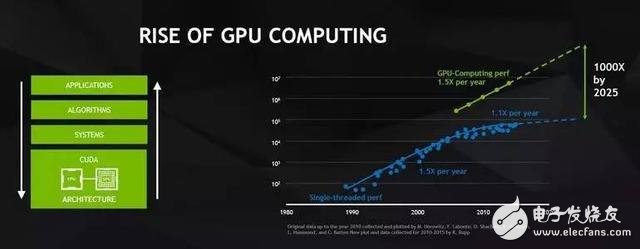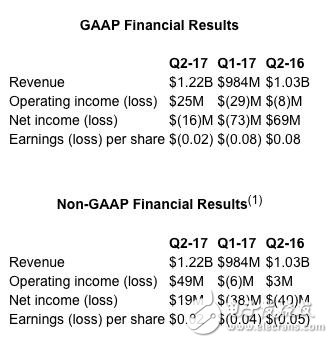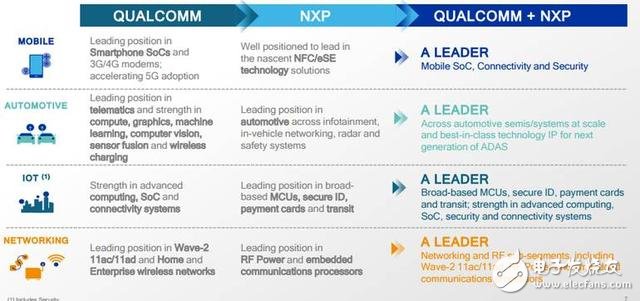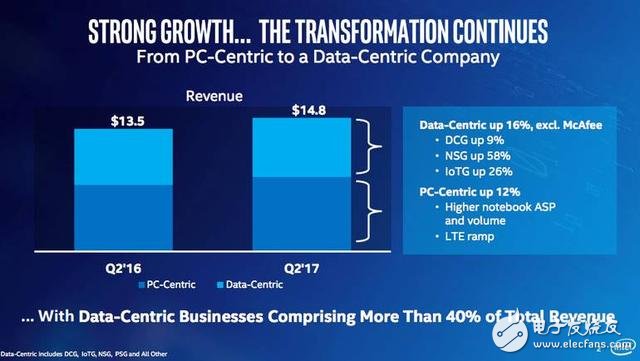Artificial intelligence, cloud computing, big data, and the Internet of Things—these technological shifts are reshaping the semiconductor industry's "social hierarchy." As mobile devices become more ubiquitous, the landscape is evolving rapidly. This transition is fascinating to watch as established players face new challenges and opportunities.
Intel, once a dominant force, might see its influence wane as customers increasingly design their own processors. Meanwhile, ARM continues to grow stronger, especially as it becomes a central player in data centers. Companies like AMD, which specializes in GPUs, are also making a comeback, despite Nvidia’s stronghold in this area. Additionally, the Internet of Things presents a lucrative opportunity for Qualcomm.
Intel CEO Brian Krzanich noted after the company’s impressive Q2 performance: “We’re seeing intense competition across our businesses. It’s the nature of the vibrant market we operate in. Competition drives innovation, and we’re prepared for this.â€
Let’s explore what’s unfolding:
· Tech giants like Apple, Microsoft, and Google are investing heavily in custom AI chips. Their aim is to process algorithms locally, reducing reliance on cloud services. Google’s and Microsoft’s efforts stand out, but Apple’s moves shouldn’t be overlooked. They’ve been designing their own mobile processors for years and are rumored to be developing an AI-focused chip for iPhones.
· Startups are also vying for a piece of the pie. Groq, founded by ex-Google engineers who worked on TPUs, is just one example. Linley Gwennap of the Linley Group remarked, “Traditional players like Intel and NVIDIA are sticking to their existing products. But tech giants and startups are quickly advancing their R&D, driven by their own data center needs and the broader market.â€
· GPUs are becoming essential for big data and AI workflows. NVIDIA’s stock has surged as a result, while AMD has found renewed relevance in high-performance computing.
· Intel is pivoting toward data centers and IoT. The company’s purchase of Altera gives it access to programmable custom processors, which are crucial for AI applications. Despite this, Intel faces stiff competition from NVIDIA and ARM in the data center space.
· Qualcomm’s fortunes have taken a hit due to legal issues and competition. Once heralded as the next Intel, Qualcomm now faces scrutiny over its licensing model. The acquisition of NXP could diversify its offerings into IoT and automotive, but it remains to be seen if this will yield substantial returns.
· AMD is positioning itself as a strong competitor to Intel and NVIDIA. Its data center products are gaining traction, offering a viable alternative for cloud providers. Meanwhile, AMD’s focus on desktops and servers could dent Intel’s dominance.
· ARM, known for mobile processors, could pose a threat to server providers. Its IP ownership in mobile phones and its push into IoT make it a formidable player.
The semiconductor world is witnessing a seismic shift driven by AI and data-centric applications. Traditional leaders are no longer unchallenged.
Observations on Major Players:
NVIDIA

NVIDIA’s strength lies in its GPU dominance. Whether it’s cloud computing or data centers, the company has positioned itself strongly. GPUs remain central to AI and high-performance computing, and NVIDIA’s strategic bets have paid off handsomely.
AMD

Despite modest profits, AMD had a solid Q2. CEO Lisa Su emphasized the company’s focus on data centers and GPU computing. She highlighted the launch of Radeon Instinct accelerators, which promise significant performance gains. AMD’s EPYC processors are attracting interest from server manufacturers and cloud providers, presenting a competitive challenge to Intel and NVIDIA.
Qualcomm

While Qualcomm is rooted in mobile, its acquisition of NXP positions it as a leader in IoT and automotive. By the end of 2017, the combined entity is expected to generate around $30 billion annually. This move could transform Qualcomm’s role in the tech ecosystem, expanding beyond wireless and Snapdragon.
Intel

Intel’s future is uncertain. While it dominates data centers, its transition to parallel computing and IoT faces hurdles. Analysts like Mark Lipacis warn of increasing competition from NVIDIA, AMD, and ARM. Intel’s recent acquisitions, including Mobileye, reflect its effort to stay relevant in the evolving landscape.
One of Intel’s advantages is its manufacturing prowess. Even amid skepticism, Intel reported strong Q2 results, with data center revenue up 9% year-over-year. However, Microsoft’s embrace of ARM in data centers could erode Intel’s market share further.
The semiconductor industry is undergoing a tectonic shift. AI-driven innovations are disrupting established hierarchies, creating both challenges and opportunities for all players involved.
Smart Bms,Bms For Battery,Bms For Lithium Battery,Bms Module
HuiZhou Superpower Technology Co.,Ltd. , http://www.spchargers.com
